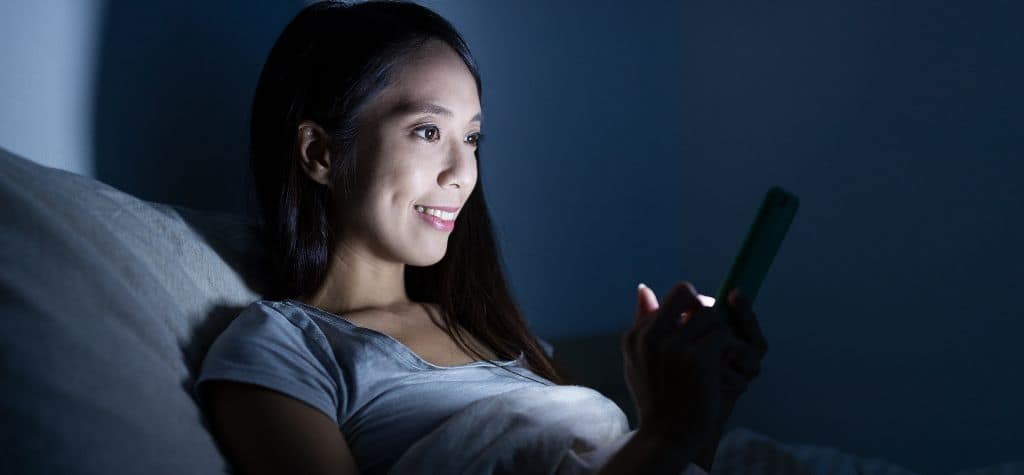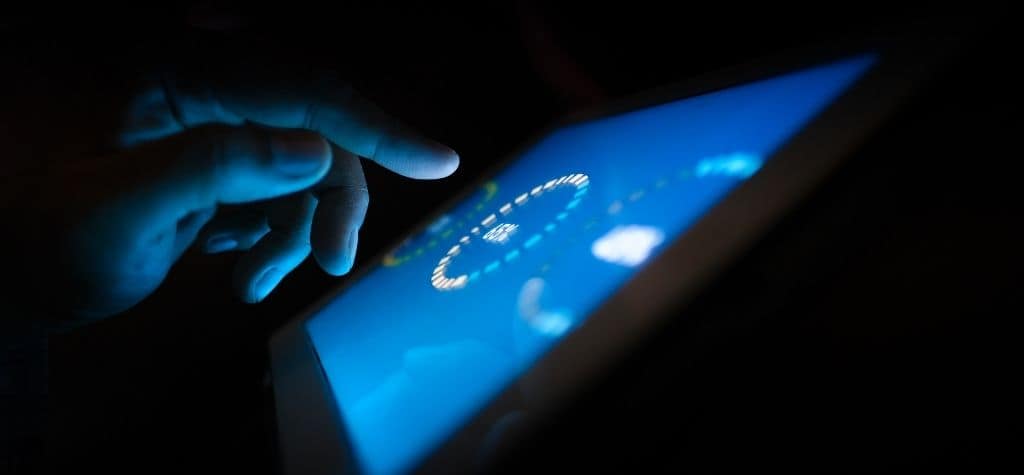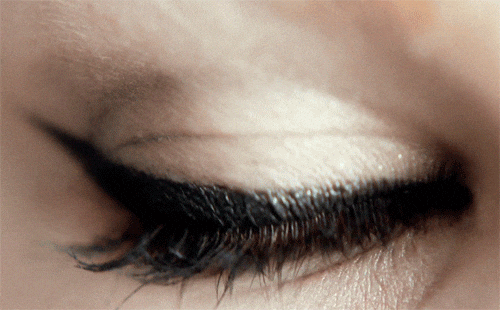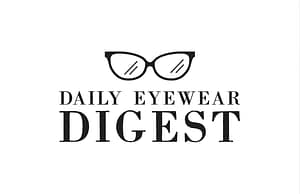A modern problem: glowing screens everywhere

Stroll through an office, a school or even a café and you’ll see glowing screens everywhere. Laptops, tablets and smartphones have become part of everyday life. A comprehensive review on digital eye strain found that nearly two‑thirds of U.S. adults aged 30–49 spend five or more hours each day on digital devices. Younger adults often juggle two or more screens at once. The COVID‑19 pandemic pushed work, school and social gatherings online, increasing screen time and the risk of eye discomfort. With so much time spent looking at back‑lit devices, it’s no surprise that products promising relief—like blue light glasses—have become mainstream.
Blue light glasses claim to block a portion of the short‑wavelength visible light emitted by screens. Manufacturers market them as tools to reduce digital eye strain, improve sleep and prevent potential eye damage. Sales continue to climb, with eyewear companies launching blue‑light‑filtering versions of their popular frames. But do these glasses actually deliver on their promises? And if research is lukewarm, why are they still popular? This article uses recent evidence through 2025 and early 2026 to answer those questions in clear, conversational language. Each section is broken into short paragraphs and bullet lists to help you navigate the topic easily.
Understanding blue light and how we perceive it
What is blue light?
Blue light is part of the visible light spectrum. When you see a rainbow, you’re seeing wavelengths that range from red to violet. Blue wavelengths have shorter lengths and higher energy than red or green. They occur naturally in sunlight and help regulate mood, alertness and cognitive performance. Many energy‑efficient light sources such as LED bulbs and fluorescent lamps also emit blue light. Electronic devices with back‑lit screens—phones, tablets, televisions and laptops—use LEDs that produce significant amounts of blue light. Because we now spend so much time staring at screens, concerns have grown about the effects of artificial blue light on our eyes and sleep.
Benefits during the day, problems at night
Exposure to blue light during the day can be beneficial. Harvard Health notes that blue wavelengths boost attention, reaction times and mood. They help keep our internal clock aligned with daylight. However, the same source warns that blue light at night can disrupt the circadian rhythm. Light of any color can suppress the production of melatonin—the hormone that signals your body to sleep—but blue light does so more powerfully. In a study comparing 6.5 hours of blue light exposure to green light of similar brightness, blue light suppressed melatonin for twice as long and shifted circadian rhythms by twice as much (three hours versus 1.5 hours). Another experiment found that shift workers wearing blue‑light‑blocking goggles under bright indoor light maintained melatonin levels similar to people in dim light. These findings suggest that reducing blue light in the evening could improve sleep quality.
Digital eye strain and the role of blue light

Why do our eyes feel tired?
Eye discomfort after long screen sessions is common and goes by several names: computer vision syndrome, digital eye strain or digital eye fatigue. The Cleveland Clinic explains that symptoms include watery or dry eyes, blurred vision, headaches and neck or shoulder pain . These issues often stem from how we use devices rather than blue light itself. When people focus on screens, they blink far less than the normal 15–20 blinks per minute. Less blinking dries out the eye’s surface, leading to irritation and blurred vision. Staring at a close object for hours strains the eye muscles that adjust focus. Poor posture and screen glare contribute to neck, shoulder and back discomfort.
Misconceptions about blue light and eye damage
It’s easy to worry that blue light might damage the eyes. News reports sometimes highlight studies where intense blue light harmed cells or animals. Yet the American Academy of Ophthalmology (AAO) clarifies that these experiments do not replicate real‑life exposure: they use high‑intensity blue light not found in typical devices. The AAO states that there is no evidence that blue light from computer screens causes damage to human retinas or age‑related macular degeneration. Similarly, the organization says that digital eye strain is linked to how we use devices, not to blue light itself. In other words, the discomfort you feel at the end of the day is more likely due to dry eyes, muscle fatigue and glare than to any harmful radiation.
What does recent research say about blue light glasses?
Systematic review findings
In August 2023 the Cochrane Collaboration published a systematic review evaluating whether blue‑light‑filtering lenses improve visual performance, sleep or macular health in adults. The review included 17 studies involving 619 participants. Researchers found little evidence that blue‑light filtering lenses reduce visual fatigue associated with computer use. One randomized controlled trial (RCT) showed no difference in subjective visual fatigue between participants who wore blue‑light lenses and those who wore normal lenses. Similarly, there was probably little or no effect on best‑corrected visual acuity and uncertain effects on daytime alertness and sleep quality. Adverse events were infrequent and included headaches, discomfort wearing glasses and changes in mood. The authors concluded that blue‑light lenses may not attenuate eye‑strain symptoms and that more high‑quality research is needed.
Insights from eye care specialists
Health organizations echo these findings. The Cleveland Clinic notes that many eye issues caused by screens aren’t due to blue light but to reduced blinking, poor lighting and prolonged focus. Ophthalmologist Nicole Bajic, MD, says that although blue light glasses aren’t harmful, they “aren’t effective at preventing digital eye strain”. The AAO advises that consumers don’t need to spend extra money on special glasses; simply reducing evening screen time and using device night modes can improve sleep. These professional opinions align with the Cochrane review: while blue‑light lenses are not dangerous, they don’t offer a proven benefit for eye strain or sleep for most users.
So why are blue light glasses still popular?
Despite modest evidence, blue light glasses continue to sell well. Several factors drive their ongoing popularity:
- Increased screen time and awareness. With people spending more hours on digital devices than ever before, many are looking for solutions to ease discomfort. Media coverage has raised awareness about potential effects of blue light on sleep and health.
- Marketing and branding. Eyewear companies promote blue light lenses as the latest innovation. Social media influencers and stylish frames make them seem like must‑have accessories.
- Placebo and comfort effects. Even if research shows no clear objective benefits, some users report feeling better when wearing blue light glasses. The slight tint can reduce glare and brightness, making the screen appear softer.
- Association with sleep improvement. Studies demonstrate that blocking blue light at night can reduce melatonin suppression and shift circadian rhythms. People may purchase blue light glasses hoping to improve their sleep hygiene, even though evidence that typical lenses achieve this is limited.
- Fashion and self‑care trends. Glasses have become fashion statements, and “digital wellness” products fit into broader self‑care movements. Owning a pair of blue light glasses can make people feel proactive about their health.
Potential benefits: where blue light glasses may help
Although the evidence is modest, blue light glasses may offer some subjective or specific benefits.
Relief for light sensitivity and migraines
Certain tinted lenses can help people with conditions like photophobia or migraines. The Cleveland Clinic points out that glasses with an FL‑41 tint—which filters both blue and green wavelengths—can relieve light sensitivity. This specialized tint is different from typical clear blue light filters and is often prescribed by doctors. Individuals prone to migraines or light sensitivity may notice improved comfort with these tinted lenses.
Evening use for sleep hygiene
Research shows that blue light in the evening suppresses melatonin and shifts circadian rhythms more than other colors. Wearing glasses that block a larger portion of blue light at night could help maintain melatonin levels and support sleep. Harvard Health notes that in one study, shift workers wearing orange‑tinted goggles under bright indoor light had melatonin levels similar to people in dim light. As such, glasses with a strong amber tint may be useful for people who must use screens late at night or who work night shifts. Keep in mind that such glasses often have visible coloration and are not the clear lenses commonly marketed for daytime use.
Reduced screen brightness and glare
Blue‑light‑filtering coatings sometimes reduce overall brightness and glare. For some users, this can make screens more comfortable to look at, similar to how sunglasses reduce discomfort outdoors. This comfort may encourage longer blinking and a more relaxed facial posture, indirectly reducing strain.
Limitations and controversies
While blue light glasses are popular, they are not a cure‑all. Here are some key limitations:
- Limited proven benefits. Randomized trials show little to no objective improvement in eye strain, visual acuity or sleep quality.
- Placebo effect may drive satisfaction. Some users feel better simply because they believe they are doing something to protect their eyes.
- Inadequate standards. There is no standardized definition of how much blue light different lenses block. Some coatings filter only a small portion of blue wavelengths, meaning their effect may be negligible. Others, like FL‑41 or amber-tinted lenses, are more potent but also change how colors appear.
- Potential adverse effects. The Cochrane review noted infrequent but reported side effects, including headaches, mood changes and discomfort. These effects were mild and occurred in both blue‑light and standard lens groups.
- False sense of security. People may rely on blue light glasses instead of adopting effective habits like taking breaks, adjusting lighting or reducing evening screen use.
Evidence‑based alternatives to blue light glasses

Several strategies can reduce digital eye strain and protect sleep without relying on blue light glasses.
Practice healthy screen habits
- Blink regularly and rest your eyes. The 20‑20‑20 rule suggests looking away from your screen every 20 minutes, focusing on something about 20 feet away for at least 20 seconds. This simple habit relaxes focusing muscles and helps you blink normally.
- Adjust screen distance and posture. The AAO recommends sitting about 25 inches (an arm’s length) from your screen and positioning it so you look slightly downward. Proper posture reduces strain on neck and shoulders.
- Reduce glare and adjust brightness. Use matte screen filters, dim overhead lights and adjust contrast to minimize glare. Adjusting the display’s brightness to match ambient light can reduce eye fatigue.
Improve sleep hygiene
- Limit evening screen use. Avoid bright screens two to three hours before bed. If you must use devices at night, enable night mode or dark mode to reduce blue light.
- Use dim red or warm lighting at night. Red light has minimal impact on circadian rhythms. Consider red‑tinted night lights or warm lamps for evening tasks.
- Expose yourself to bright light during the day. Daytime exposure to natural or bright indoor light helps maintain a healthy sleep–wake cycle.
Ergonomic workspace adjustments
- Proper monitor placement. Place your screen about an arm’s length away and slightly below eye level. The National Institute for Occupational Safety and Health (NIOSH) notes that monitors placed too close or too far can cause eyestrain. The center of the screen should be 15–20 degrees below your horizontal eye level.
- Reduce blue light at night via software. Many devices have built‑in settings, such as Night Shift or blue light filters, which adjust color temperature towards warmer tones after sunset. These settings can help reduce melatonin suppression without requiring special glasses.
- Take micro‑breaks and stretch. NIOSH research recommends taking short breaks—about five minutes every hour—to rest your eyes, stretch and change posture. These micro‑breaks reduce musculoskeletal discomfort and eye strain.
Choosing and using blue light glasses wisely
If you decide to buy blue light glasses, here’s how to make the most of them:
- Check the lens specifications. Look for information on how much blue light the lenses block at specific wavelengths. Clear lenses often block only a small fraction of high‑energy visible light, whereas amber or orange tints block more.
- Use them strategically. Wear blue light glasses in the evening or when your eyes feel sensitive to bright screens. During daytime hours, natural blue light can benefit your mood and alertness.
- Consider alternative tints. If you suffer from migraines or photophobia, talk to an eye care professional about FL‑41 or other medical tints. These specialized lenses target the wavelengths linked to light‑triggered pain.
- Maintain regular eye exams. Even if you wear blue light glasses, have your eyes examined annually. An up‑to‑date prescription and professional guidance can address underlying vision issues.
- Combine glasses with healthy habits. Remember that glasses are not a substitute for proper screen use, good lighting and adequate rest.
Popularity beyond the science: cultural and economic drivers
Blue light glasses occupy a unique space at the intersection of health, technology and fashion. Their popularity is fueled by cultural trends and economic factors:
- Remote work and online learning. The shift to remote work and virtual classes during the pandemic increased screen time dramatically. People sought quick fixes to ease discomfort, and blue light glasses were an accessible option.
- Self‑care and wellness marketing. Companies promote digital wellness products as part of broader self‑care routines. Consumers may feel that purchasing these glasses demonstrates commitment to their health.
- Fashion versatility. Designers have embraced blue light lenses in stylish frames. Even people without vision prescriptions buy them as fashion accessories.
- Low risk and modest cost. Because reputable sources state that blue light glasses are not harmful, consumers may see them as a low‑risk experiment. The cost of entry is relatively low compared with other health gadgets.
- Psychological comfort. Wearing glasses can make people feel more professional or comfortable, and tinted lenses may make bright screens feel less harsh.
Conclusion: make informed choices
Blue light glasses remain popular in 2026 despite mixed evidence. Scientific research, including a comprehensive Cochrane review, shows little to no objective benefit in reducing digital eye strain or improving sleep. High‑authority organizations like the AAO and Cleveland Clinic emphasize that eye strain is mainly caused by reduced blinking, prolonged focus and glare—not by blue light itself. These groups recommend practicing the 20‑20‑20 rule, adjusting screen distance and limiting evening screen use. At night, strong amber or FL‑41 tinted lenses may help certain people with light sensitivity or shift work.
In short, blue light glasses are not magic devices. They can provide subjective comfort and look stylish, but they don’t replace healthy screen habits, proper lighting and regular breaks. Before buying, consult an eye care professional and consider your specific needs. By understanding the science and adopting practical strategies, you can protect your eyes and sleep without falling for hype.

